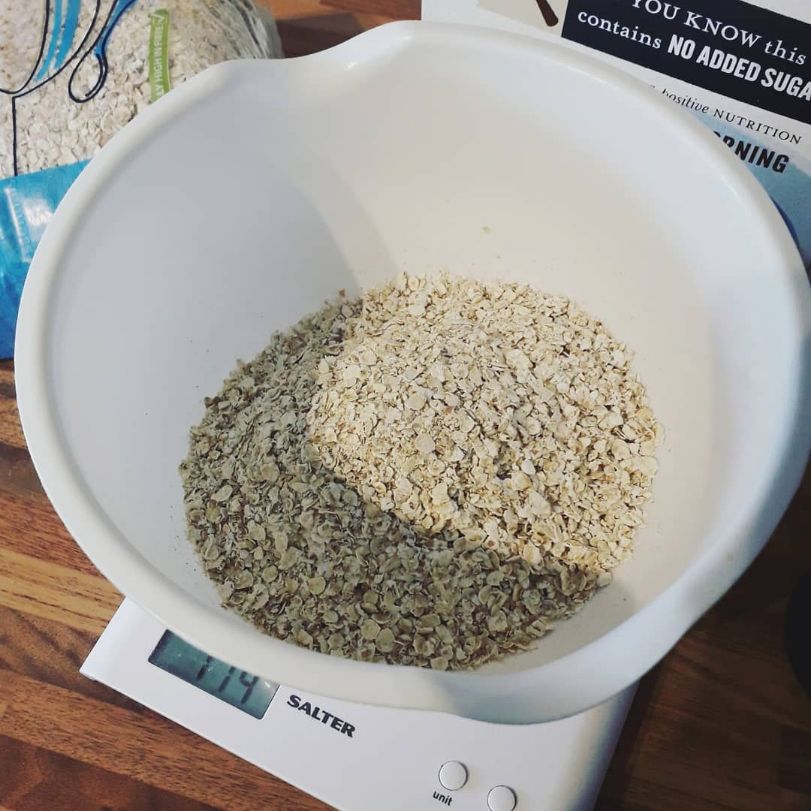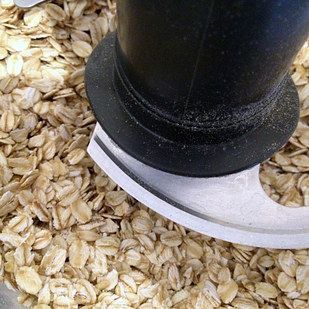Oat Flour Can Be Made In Just 3 Easy Steps
I never thought I’d be someone to try and make my own flour with oats. But being in a lockdown and having a national flour shortage meant I wasn’t opposed to try some “crazy” alternatives. After searching online and I fell into a bit of a homemade flour wormhole. I was surprised to learn how easy it is. Not to mention how quick the process is. You end up with a versatile flour that you can use for many different baking needs. It also means it has no added ingredients like shop bought flour. Plus, it’s gluten free and vegan! Don’t get me wrong, I wont be planning to start my own flour making mission and swap out my regular flour. In fact, the urge to get my hands on flour might have caused me to purchase a 16kg bag of regular plain flour online… But I have learnt that if you have no flour, there are other options which allow to to carry on baking til your hearts content! So, here’s how to make oat flour in under 5 minutes.
Step 1: Choose Your Oats
The first step is to choose whichever brand of rolled oats you have. I used Quaker Oats but any will work fine.
Step 2: Blend Your Oats
Place the oats in a food processor or blender. Don’t overload your processor; blend them in batches if required. Then, pulse the oats for a few seconds at a time until no lumps remain.
Step 3: You Have Oat Flour
And that’s really how simple it is! You can then pass it through a seive to ensure all lumps are gone but this isn’t necessary. It ends up having a texture similar to sand unlike regular more powdery flour.
What's The Difference Between Oat Flour And Processed Flour?
Oat flour is a great alternative to processed flour. But they don’t always produce the exact same results in texture and taste. The big difference? Oat flour doesn’t contain gluten like all purpose flour. This means it’s perfect for those who are gluten free. But it doesn’t hold and bind together as well, and produces a more crumbly and chewier texture. This is perfect when baking things like banana bread, pancakes and cookies. But not so much for things like bread and cakes. Although, this can be rectified by adjusting your recipe.





